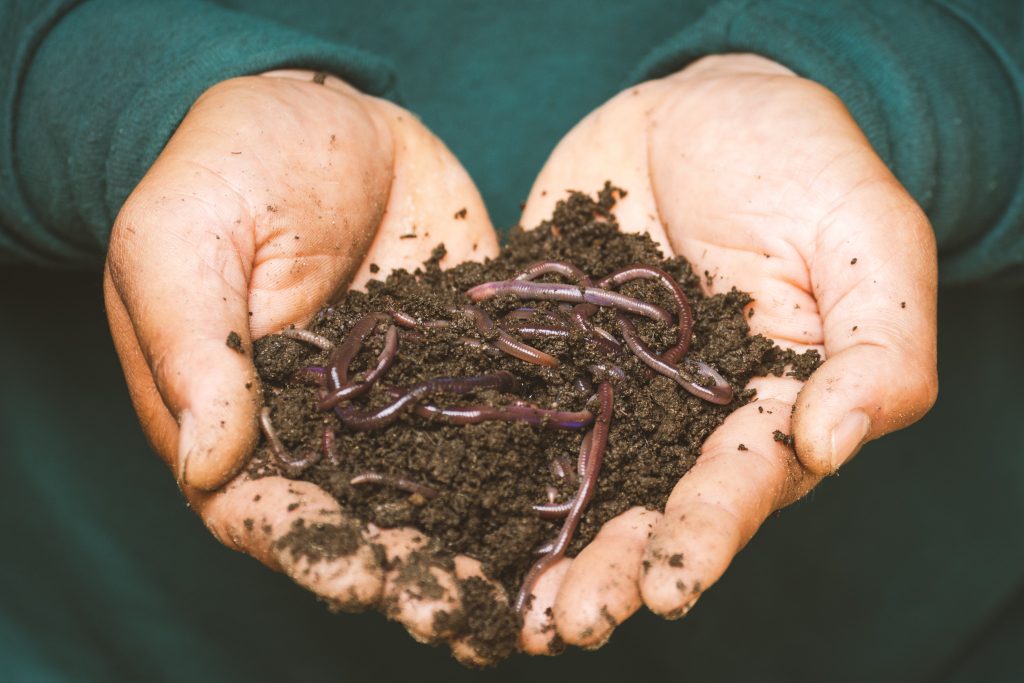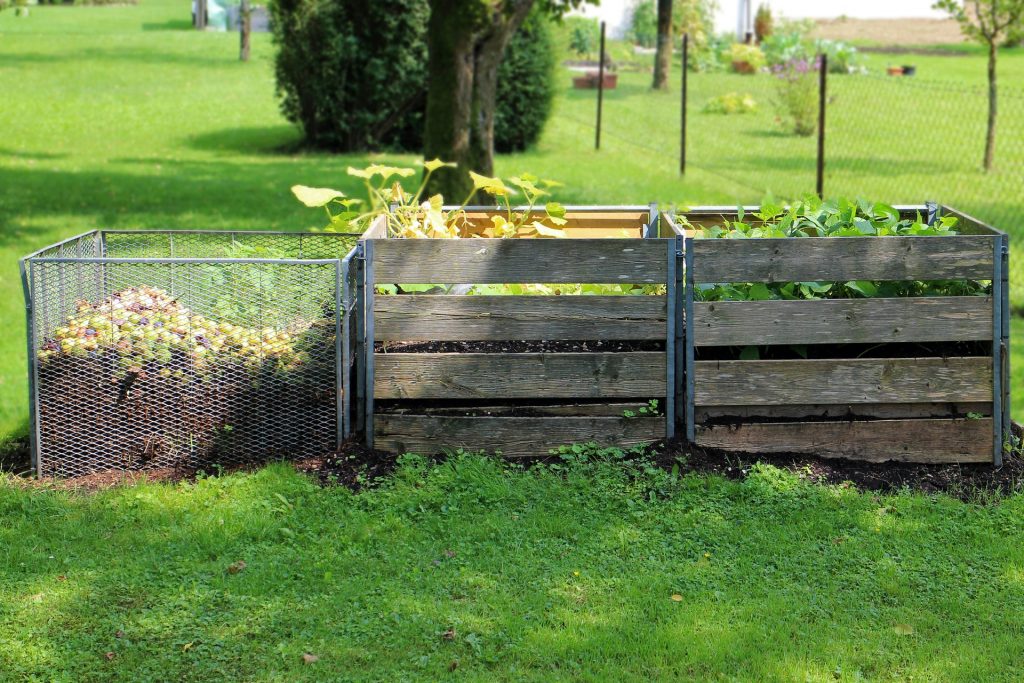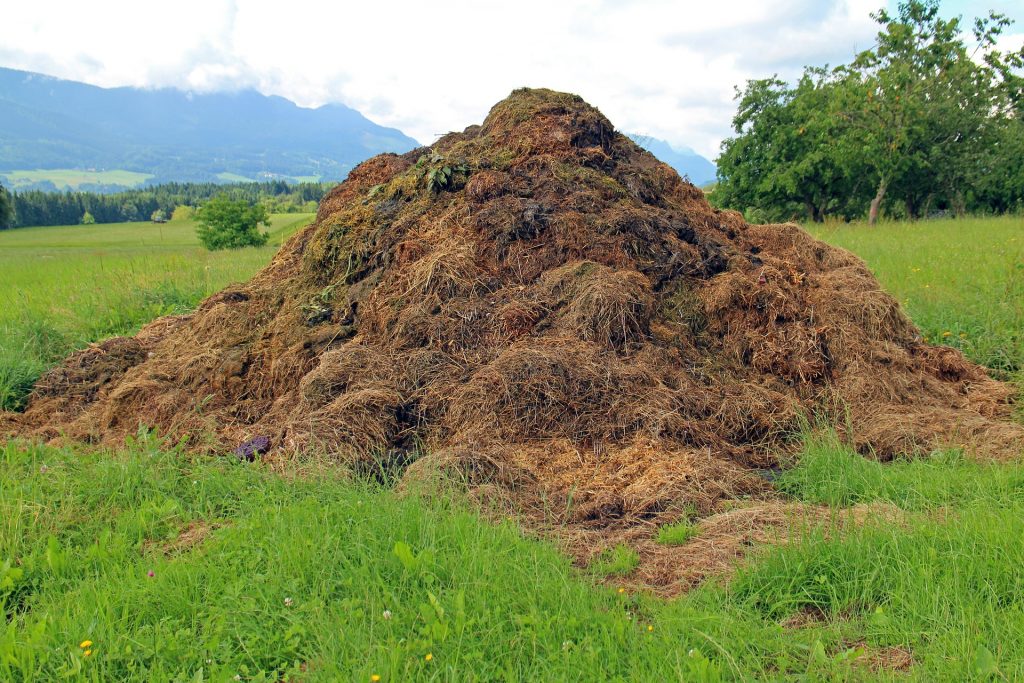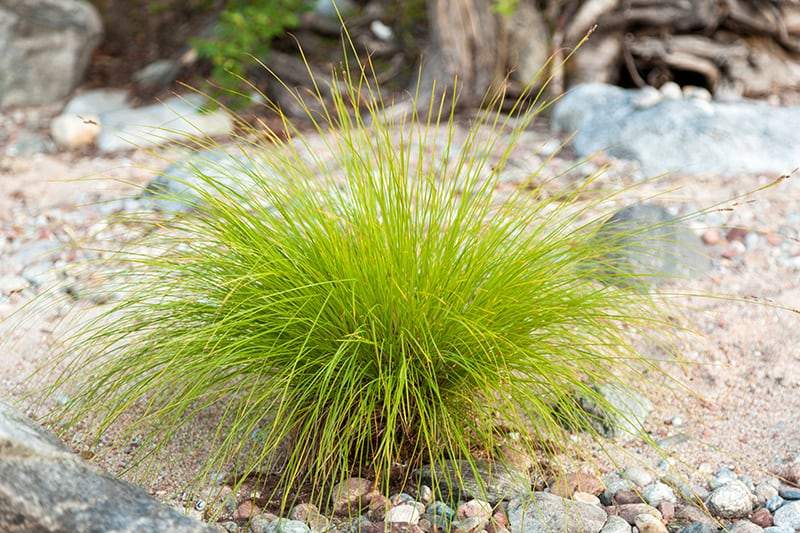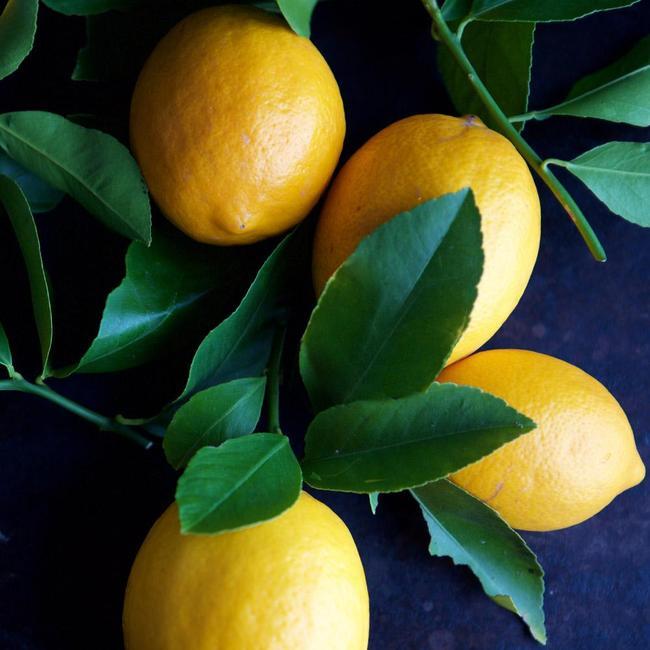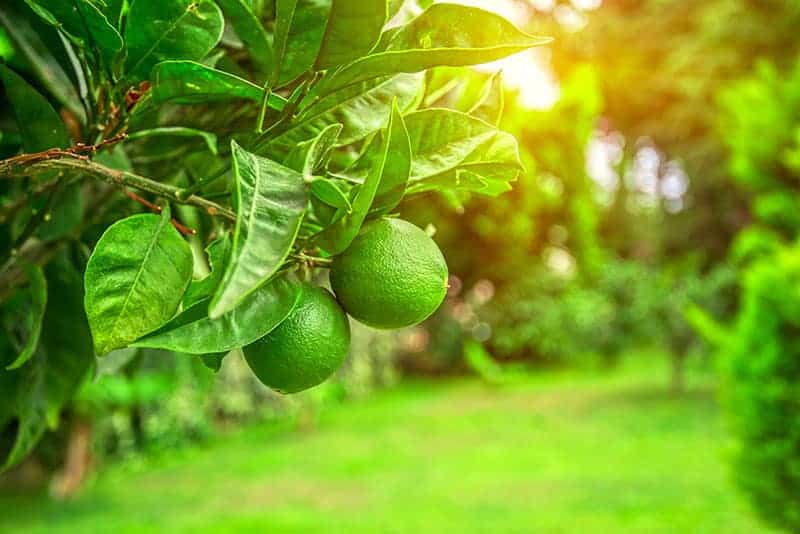Are your plants struggling to thrive despite your best efforts to meet all... Read More
- Home >
- The Best Organic Fertilizers & How to Use Them
The Best Organic Fertilizers & How to Use Them
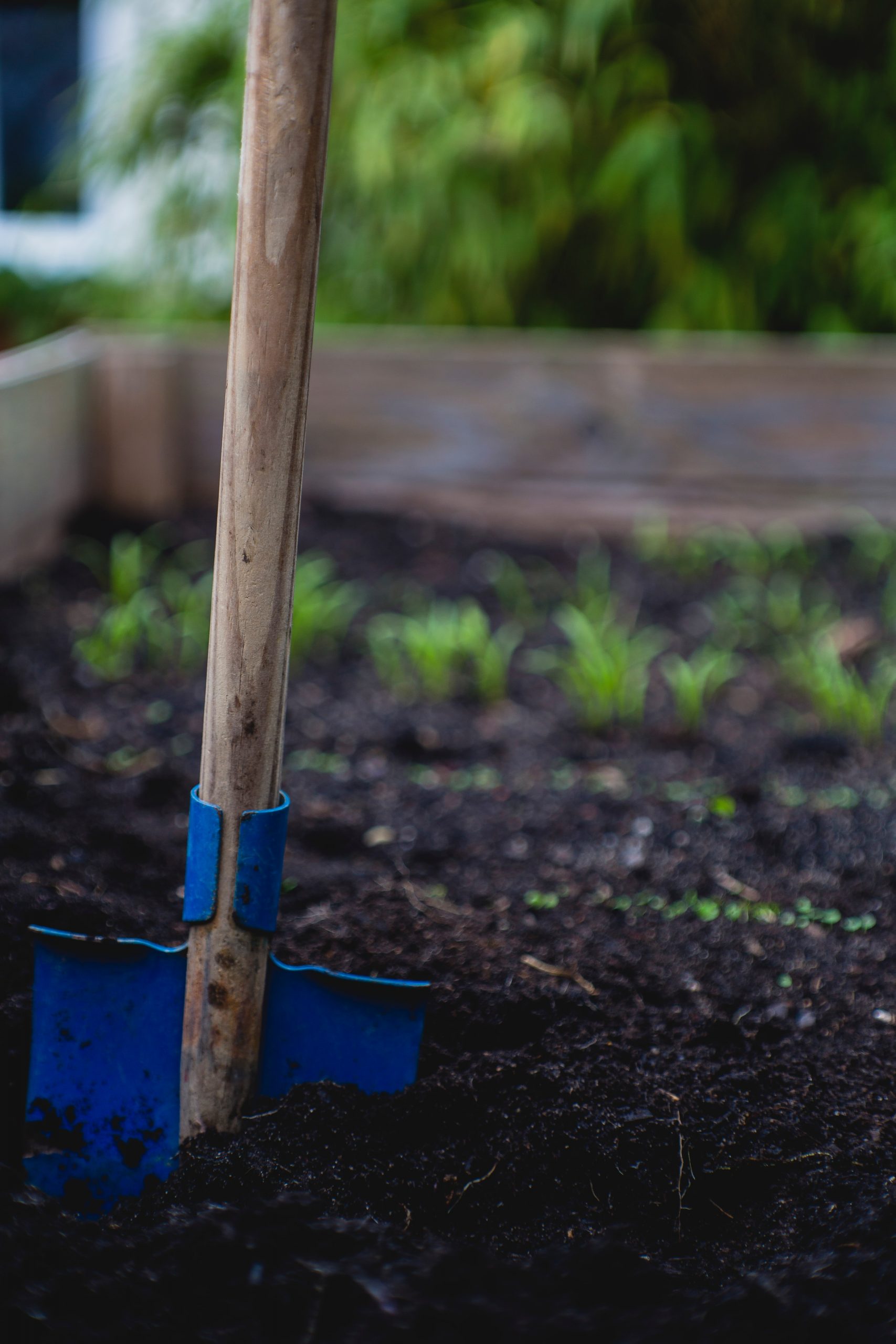
If you have a garden, you undoubtedly know that you need to feed it. Like every other living thing, plants need food to grow and flourish. So far, so good — right?
But once you start looking into the types of fertilizer available and appropriate times and places to use each, feeding your plants may seem like a complicated process. For starters, you’ll need to decide on organic versus chemical products. In this article, we’ll take a look at the benefits of each, and discuss what kinds of organic fertilizer might be best for you.
Organic Versus Chemical Fertilizers
Simply speaking, organic fertilizers fertilizers consist of materials that are found in nature and some may be created in your own backyard. Chemical fertilizers are synthetic and are created in a lab.
Which one is better? That’s a topic that gardeners have been arguing about for as long as both types of fertilizer have existed. Each one has benefits and drawbacks.
Although both types have benefits for your garden, organic fertilizer is better for the long-term health of your soil. It offers less risk of damaging your water supply or decimating the microscopic life that lives in your soil. That said, if you need a quick fix for a specific soil problem, then a chemical fertilizer may be a better solution.
| Pros | Cons | |
| Organic fertilizer |
|
|
| Chemical fertilizer |
|
|
The N-P-K Ratio
Your plants need a range of different nutrients, and no one fertilizer can provide them all. This means there are many types of organic fertilizers that you can choose from to improve your garden. The thing to know: There are three primary “foods” your plant craves. These are:
- Nitrogen (N) to encourage leaf growth and help the plant convert sunlight,
- Phosphorus (P) to help create strong roots and stems, and aid in flower bloom, and
- Potassium (K) which benefits the overall plant, regulates root and leaf growth, and provides disease resistance.
The balance of these three elements is called the N-P-K ratio. You’ll see it written as a three-number ratio like 10-10-10, with each number indicating the percentage of nitrogen, phosphorus, and potassium in the fertilizer. For example, a fertilizer with an N-P-K ratio of 12-6-4 has 12% nitrogen, 6% phosphorus, and 4% potassium. The N-P-K ratio you need depends on the specific needs of your soil.
In addition to these three elements, which are called macronutrients, your plant also needs smaller quantities of secondary nutrients and micronutrients. These include calcium, magnesium, sulfur, and copper. All fertilizers supply one or more of the nutrients that plants require.
Types of Organic Fertilizer
If you have chosen to garden organically, you will quickly learn that there are many types of organic fertilizer, some store-bought and others homemade, which supply varying amounts of nutrients. Generally, they fall into three categories: animal products, plant based, and minerals.
Animal by-products
Animal by-products are one of the most well-known categories of organic fertilizer. The most popular type is manure, usually sourced from horses, cows, rabbits, or chickens. Bat guano is another choice, and worm castings (manure) are solid gold for the gardener.
Well-rotted manure is frequently sold in garden centers, but if you raise your own animals, you can use their manure on your garden once you’ve allowed it to sit and season for at least six months. The only caveat is to use manure from a herbivore — cat and dog droppings are not usable in the garden.
Other animal by-products include a meal made from the bones, blood, or feathers of commercially slaughtered animals. Fish emulsion is an excellent fertilizer as are products containing shellfish.
The N-P-K ratio of animal-based fertilizer varies. Chicken manure, for example, is roughly 3-2.5-1.5, while that from cows is 1-1-1. Seaweed provides a balanced ratio along with trace minerals, while blood meal is high in nitrogen, and thus can aid in robust growth early in the season.
Plant-based
Plant-based fertilizers are probably the easiest to make at home — especially the most common: compost. Compost is made of kitchen scraps as well as yard trimmings, grass clippings, and other plant-based materials that are placed in a heap and allowed to decompose.
The N-P-K ratio for compost varies depending on what’s in it, but is generally around 1-1-1, making it a balanced additive for your garden. In addition to its use as a fertilizer, compost also lightens up the soil, making it more friable and better able to absorb water.
Other plant-based fertilizers include kelp or seaweed meal, corn gluten meal, and alfalfa meal. Corn gluten meal is frequently used on lawns, and some research has indicated that it serves as a suppressant for weeds as well as a fertilizer.
Another category of plant-based fertilizers that deserves mention is cover crops, which are planted before or after another crop in a vegetable bed. These crops reduce water run-off and erosion, increase your soil’s organic matter, and help the soil hold in nutrients. Some, like clover, fix nitrogen in the soil so it’s more available to your plant’s roots.
Finally, there is mycorrhizal fungus, which is often present naturally in well-maintained soil, although it can be bought as well in the form of an inoculant. These tiny fungi form a symbiotic relationship with plant roots, pulling nutrients out of the soil to share with the plant. If you’ve ever dug a hole in your garden and seen thin white filament structures in the dirt, you’re looking at mycorrhizae.
Mineral-based
Mineral-based products are often used to alleviate specific problems in the garden. One common example: Your soil may be either acidic or alkaline. Acidity is measured on a scale of 0-14, with 0 being very acidic, and 14 being totally alkaline. Most gardens are near neutral, or 7.0. But what do you do if you want to plant an acid-loving plant, such as blueberries or hydrangeas? In this case, you can add aluminum sulfate, which will bring your soil’s pH down. Raising the pH, meanwhile, can be done with lime.
Rock phosphate, which, as you can guess, adds phosphate to your soil, is another common mineral-based fertilizer. Greensand is mined from the ocean floor and contains iron oxide, magnesia, lime, and other trace minerals to help encourage robust growth.
When To Use Organic Fertilizers
One of the benefits of well-made organic fertilizers is that they are slow-acting, and not “hot” — meaning so concentrated that they risk burning your plants. Because of this, you can use them at just about any point during the growing cycle.
One good practice is doing a soil test every few years. This is even more important if you are breaking ground for a new bed. A soil test requires you to dig out a small sample of your soil and send it to an agricultural lab for analysis. The test will tell you the pH level, as well as the levels of the macro- and micronutrients that are present in your soil. Armed with this information, you will be able to determine the best organic fertilizer to use to remediate any deficiencies.
For example, if your test shows that your soil is nitrogen-poor, you may want to apply a dressing of blood meal to your plot several weeks before you plant. A second dressing later in the season could further boost your nitrogen, and then planting a nitrogen-fixing cover crop in the off-season could provide additional benefit for the crops the year after.
In general, you’ll want to add an organic fertilizer in the spring, before you plant. You can also add a layer of compost in the fall. Raking a layer of well-rotted compost into the soil of a vegetable bed after you harvest your crop will give it the winter to work into the soil and break down further.
How To Use Organic Fertilizers
Since organic fertilizers are not as caustic as chemical fertilizers, they can be applied more generously to your plantings. Of course, if you are purchasing your fertilizer, read the instructions that come with the product and use accordingly.
If you’re using your own fertilizer, however, there are only a few cautions. One of the biggest ones: If you are using manure, allow it to age for anywhere from four months to a year before applying near your plants. Compost bins for your manure are easily constructed from packing pallets or spare planks. Heap the manure into a mound that’s three to four feet high and wide, and it will break down within months.
Another option is to place fresh manure on your beds in fall, after you’ve harvested vegetable crops, and let it overwinter there. By spring, it will have decomposed enough to be safe to use around new plants.
Aged manure can be tossed into holes that you’ve dug to plant shrubs or trees, and can also be placed around mature plantings, or next to a row of cultivated vegetables, at any time of the year. Dig the manure in lightly with a trowel.
For granular fertilizers, such as greensand, a hand broadcaster can make application easy in a larger garden, or you can gently toss handfuls around your plants. For greensand, it’s recommended that you apply 50-100 pounds for every 1,000 feet.
Some gardeners swear by foliar feeding, which involves dissolving your fertilizer in water and spraying it on the plant’s leaves. “Compost tea” is a popular version of this, which can be made by dissolving several cups of compost or worm castings in a five gallon bucket filled with water.
The Final Word
Although there are times when chemical fertilizers are called for — such as when you need a quick fix for a specific horticultural problem — organic fertilizer is better for your garden, the insects and other life that inhabits it, and for the planet. It is especially rewarding to feed your plants with a lush, nutrient-rich mix that you’ve made or collected yourself. With some careful planning, you should be able to use organic fertilizer for most applications throughout the gardening year, ensuring that your plants will be well-fed and primed for robust growth.
Related Content
-
Best Soil Moisture Meters – Buying Guide & Recommendation
-
Different Types of Earthworms with Pictures & Facts
There are many types of worms, but those that we commonly encounter in our... Read More
-
Top 15 Most Beautiful Flowers You Can Grow In Your Garden Immediately
"Flowers are the music of the ground. From earth's lips spoken without sou... Read More
-
8 Best Bedroom Plants That Purify The Air & Improve Your Sleep Quality
If you’ve been thinking of adding some plants to your sleeping quarters, t... Read More
